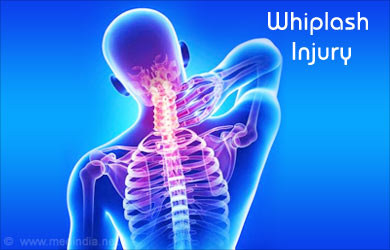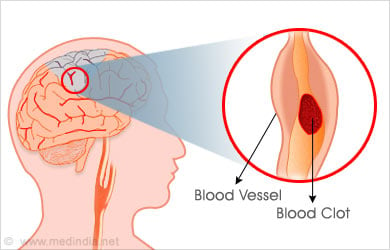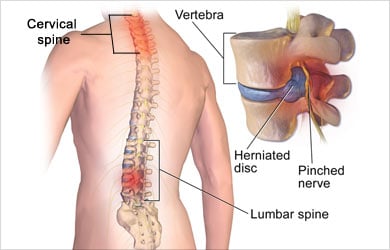- The symptoms of whiplash and how to claim compensation for an injury in the UK - (http://www.mirror.co.uk/features/whiplash-symptoms-diagnosis-and-treatment-4145639)
- Know More on Whiplash - (http://www.medicinenet.com/whiplash/page2.htm)
- Whiplash - (http://www.nhs.uk/conditions/whiplash/pages/introduction.aspx)
- About Whiplash - (http://www.mayoclinic.org/diseases-conditions/whiplash/basics/definition/con-20033090)
About
Whiplash injury, is a rear impact injury most common with motor vehicle accidents. It can also happen due to a violent blow to the head from back side or due to sports. It presents with neck stiffness and pain, headache, dizziness, fatigue and back pain.
Whiplash injury is an injury that common with road

Symptoms usually appear 6-12 hours after the accident or even later.
Symptoms due to whiplash occur due to loss of normal ‘S’ shape of the cervical spine (the bones of the neck) during an injury. During this injury, the lower cervical vertebrae are pushed backward, while the upper cervical vertebrae are forced forward thereby causing pressure over the ligaments, muscles and tendons.
Symptoms of Whiplash injury can be categorized into two groups. These include common symptoms due to whiplash injury and symptoms due to serious and long standing ‘Whiplash associated disorder’.
Common symptoms of Whiplash Injury:
- Headache
- Stiffness in the neck and/or shoulder
- Pain in the neck and/or shoulder
- Back pain
- Ringing ears
- Fatigue
- Dizziness
- Jaw pain and/or weakness

Symptoms of Whiplash associated disorder:
- Anxiety
- Post-traumatic stress disorder
- Frustration
- Depression
- Sleep disturbances
- Drug dependency
Whiplash injury is diagnosed based on examination, clinical presentation and related investigations. Common tests done to confirm diagnosis include x-rays and CT scan spine.
Other causes which can mimic the symptoms of a whiplash injury include:
- Meningitis - Infection of the meninges or the tissue layers that cover the brain and cerebrospinal fluid is called meningitis. It presents with fever, neck stiffness, headache, sensitivity to light, rash all over the body, altered consciousness, seizures etc. It is commonly caused by viruses or bacteria. Less commonly, it is caused due to noninfectious reasons like tumors, drugs, sarcoidosis, autoimmune conditions etc. Lumbar puncture and cerebrospinal fluid assessment is done to confirm the diagnosis.
- Subarachnoid Hemorrhage - Subarachnoid hemorrhage refers to the presence of blood surrounding the brain. It causes sudden severe headache which is diffuse. Associated symptoms include vomiting, visual disturbances, dizziness, neck stiffness, altered consciousness etc. CT scan brain, CT Angiography, lumbar puncture and spectrophotometry are common tests done to confirm the diagnosis.

- Cervical Spondylosis - Cervical spondylosis is a degenerative disorder of the cervical spine that arises due to aging, autoimmune diseases, disc herniation, calcification, development of osteophytes etc. Common symptoms include weakness in the upper limbs, reduced range of motion in the cervical spine, and pain in the shoulder, at the base of the skull and between the shoulder blades. Diagnosis is confirmed with x-rays and CT scan of cervical spine.
- Spinal cord injury - Spinal cord injury can happen due to penetrating injury, direct blow, trauma, infections and tumors. Presentation varies depending upon the level of injury. Symptoms can be related to the motor, sensory or autonomic nervous system. X-rays, and CT scan/MRI scan of the brain and spine are used to confirm diagnosis along with clinical examination.
- Cervical spine disc protrusion - This condition occurs due to disc herniation or degenerative disorders. Less commonly, infection can play a role in its occurrence. It is common at the level of the C4/5, C5/6, C6/7 vertebrae. Presentation varies depending upon the level of disc prolapse. X rays, and CT scan/MRI scan of cervical spine are used to diagnose this condition.

- Other less common conditions that can mimic a whiplash injury include compressing bone/brain tumors, infections, heart attack etc.
Treatment of whiplash injury primarily involves education of the patient regarding the possible treatments available and their outcomes. Emotional support and counselling might be necessary in certain patients. Allowing early range of motion along with physiotherapy, only if there is no abnormality in the spinal alignment can help in speedy and complete recovery.








